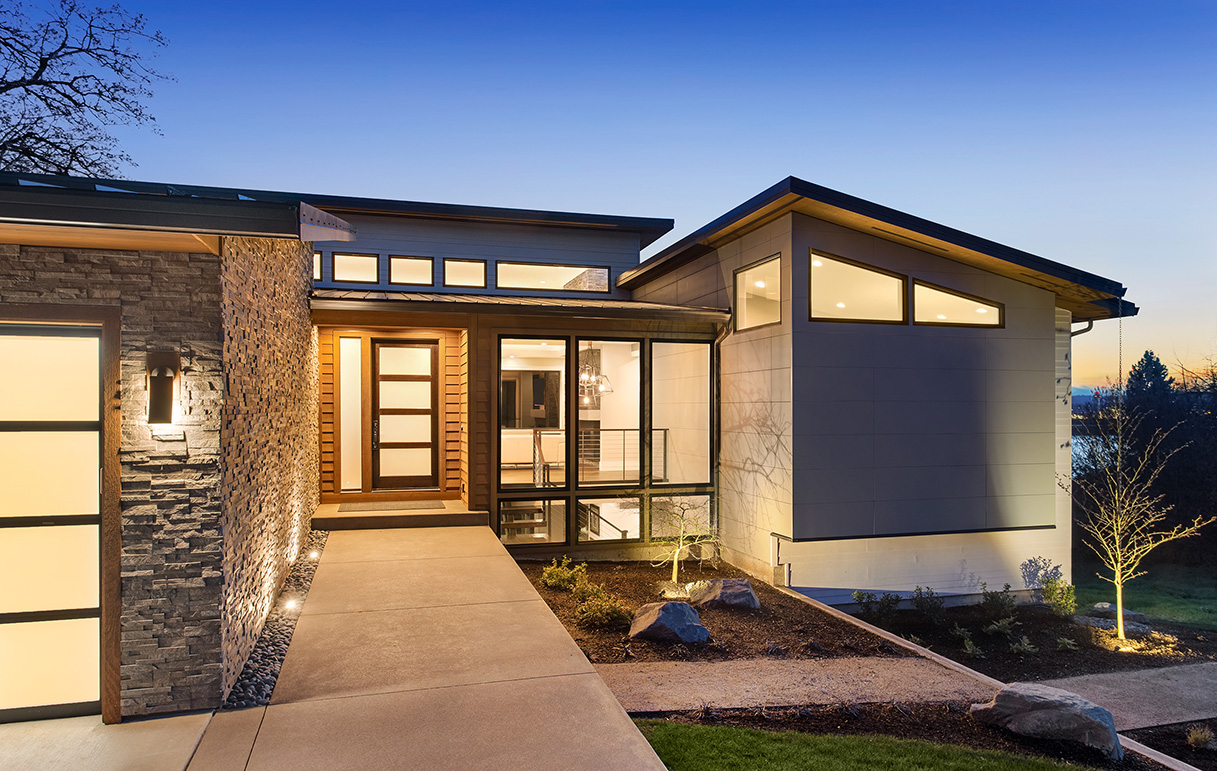By Samantha Rudolph
In 2015, a small group of power electronics experts, electrical engineers and marketers came together to address a unique moment in history: The mainstream introduction of electric vehicles and distributed energy resources was forcing the energy industry to dramatically change its ways. We knew that if we put our minds, unique experience, skillsets and steadfast determination together we could meaningfully impact the future of energy and mobility.We all agreed to build something that would:
- Put the residential consumer’s energy needs first.
- Catalyze the mass proliferation of electric mobility and clean, decentralized power generation sources.
One of our first breakthroughs was the granting of our key PUC5 patent in AC <> DC power conversion which allowed us, for the first time ever, to build a consumer technology that could allow your car to be more than just a transportation device.
Vehicle-to-home (V2H) is a concept where the massive battery in your electric vehicle (EV) is used to power your home. This feature can be beneficial in two main scenarios:
1. Blackout Power: When your family experiences a utility grid outage, your lights and appliances shut off if you do not have a backup power source. For some homes, this means a fun night of camping out in the living room with flashlights and perhaps a little food spoilage. For others, it can mean a loss of access to the medical devices that keep them alive.
2. Peak Shaving: Some utilities bill their customers using a Time of Use (TOU) rate structure. TOU rates vary throughout the day to incentivize customers to use electricity outside of peak hours, which reduces the stress of intensive use on the grid. Generally, electricity is more expensive during peak hours (like from 5:00 p.m. to 7:00 p.m. when people typically return home from work and cook dinner), and is cheaper during the night when usage is at its lowest. In some regions, you can even make money by selling the extra energy your produce to your utility during peak hours! These benefits can really add up when, for instance, EV owners charge at work for free and use that free power to power the home upon their return, or when they generate more solar power than they need.
While the benefits of blackout power are straightforward, there are many different conditions that could affect the value peak shaving may bring to your family.
In order to understand these nuances better, we partnered with Professor Pierre-Olivier Pineau, the Research Chair in Energy Sector Management at HEC Montreal, and M.Sc in Finance candidate Josée-Lise Leheutre, to model the financial impact of installing a dcbelTM in four North American regions.
The annual savings per region are as follows:
- San Diego, California: $620 to $1,153
- Detroit, Michigan: $24 to $190
- Burlington, Vermont: $157 to $379
- Montreal, Quebec: $240 to $475
These savings become even more impressive when you consider that EV owners do not need to pay for an extra stationary battery or gas generator. Your backup power source on wheels can be five, six or even seven times more powerful than the current industry standard, and doubles as a car!
This new era of electricity and mobility brings forth endless possibilities to reimagine the way we power our lives, but one thing is for sure: You have the power to take charge of your energy, and there is no better time to start than now.
We would like to thank Josée-Lise Leheutre for her work in completing this study and Professor Pierre-Olivier Pineau for his supervision and dedication to improving the energy industry. We highly encourage you to read the full study for more information about the research methodology and regional savings: Profitability of a Vehicle-to-Home system in different electricity tariff contexts.


